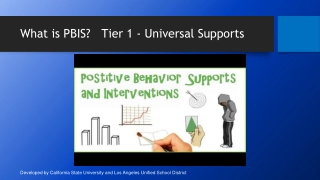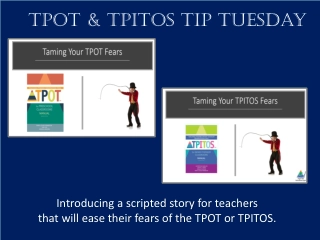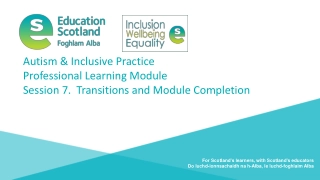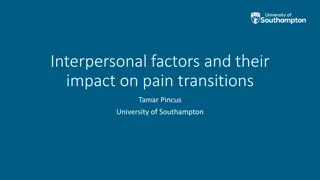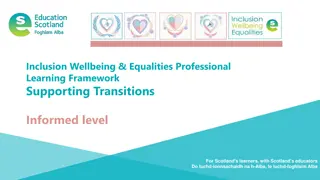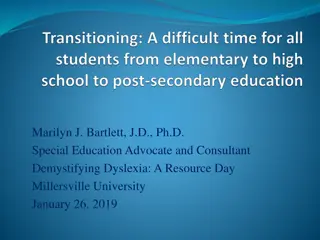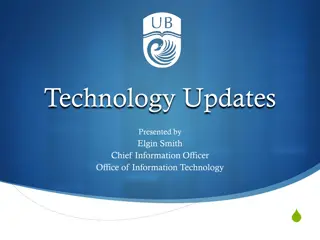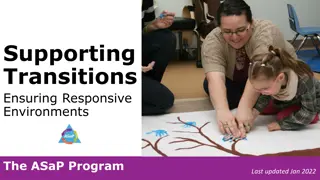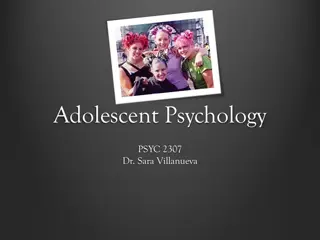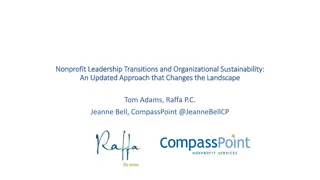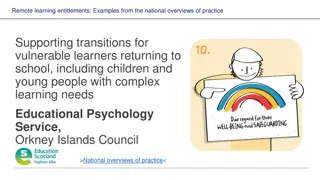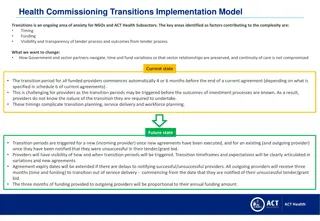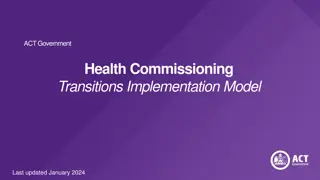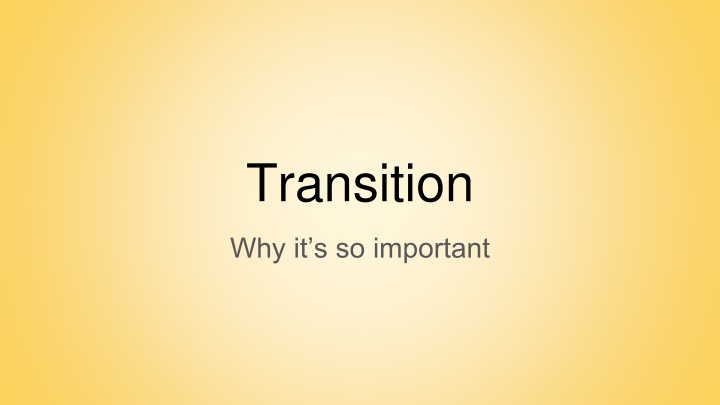
Supporting Looked-After Children's School Transition: Essential Steps
Prepare looked-after children for school transitions with these 10 crucial steps. From creating a transition booklet to ensuring they know key details, help them adjust smoothly to their new school environment amidst additional anxieties in today's context.
Download Presentation

Please find below an Image/Link to download the presentation.
The content on the website is provided AS IS for your information and personal use only. It may not be sold, licensed, or shared on other websites without obtaining consent from the author. If you encounter any issues during the download, it is possible that the publisher has removed the file from their server.
You are allowed to download the files provided on this website for personal or commercial use, subject to the condition that they are used lawfully. All files are the property of their respective owners.
The content on the website is provided AS IS for your information and personal use only. It may not be sold, licensed, or shared on other websites without obtaining consent from the author.
E N D
Presentation Transcript
Transition Why it s so important
10 things you should do to support transition for your looked after children. Moving schools, sometimes referred to as transition, can be difficult for looked after children in normal circumstances, so in these unusual times we need to take into account the additional anxieties children and young people will have. The ESLAC team is working with designated teachers to put things in place that will support looked after children through what will be a very different transition experience this year. Here are 10 things you need to know to support the transition of children joining your school for the new school year.
ONE Transitions can be extremely difficult for looked after children in normal circumstances. They will need additional consideration and support to settle in once school resumes. Don t assume because they are quiet that they are fine TWO ESLAC has produced a transition booklet for children to complete. They will keep part of it and part of it will be sent to you so you can get to know the child better THREE Contact the designated teacher from the child's previous school. You will need to discuss and update the PEP so that there are outcomes in place for when the children go back to school. You can also exchange valuable information.
FOUR If you are a Thrive school, have you used the resources on Thrive online? Does the previous school or foster carer have a current Thrive plan you can have a copy of to help inform outcomes FIVE ESLAC are working closely with foster carers to ensure children are as prepared as possible for their new school. Once you receive the transition booklet from the child, call the carer, see if you can arrange to speak to the child using the technology available but adhering to safeguarding guidance SIX Does your school website have a virtual tour of the school that students could access? Perhaps some of the children in school could do this as a project? You could also have a top tips and most frequently asked questions section.
SEVEN Once you have contacted the child is there a small project they could do to help them get to know the school? Perhaps a quiz where they find the answers on the school website. EIGHT Make sure the children know: Who their teacher will be What form class they will be in and which friends they are with A map of the school and the main areas they need to know about- entrance they use, their form room, toilets, dining room NINE If possible send the children a photo of the main people they will need to know - you the designated teacher, their form teacher any pastoral staff they can get to know and ask for help
TEN Once the children transition to their new schools, ESLAC and the IRO will continue to regularly monitor how they are settling in over the first year. This should be reflected in the PEP and the regular progress reviews you submit to the Virtual School. If you have any concerns about how the child/young person is coping with the transition then please contact ESLAC, we are here to help.


